Few ancient figures have captured the human imagination as deeply as Gilgamesh, the legendary king of Uruk whose epic adventures are preserved in one of the world’s oldest known works of literature: The Epic of Gilgamesh. For thousands of years, his story has inspired poets, historians, and dreamers. Tales of his strength, wisdom, and quest for immortality remain central to the mythology of Mesopotamia, the cradle of civilization.
In modern times, whispers of Gilgamesh’s lost tomb have resurfaced whenever new archaeological discoveries emerge from Iraq, particularly around the Euphrates River. While no confirmed tomb has ever been scientifically verified, the fascination persists. Could the myths of Gilgamesh be rooted in historical memory? And if so, what does that mean for how we understand the blurred line between legend and reality?
The Historical Gilgamesh

Historians generally agree that Gilgamesh may have been a real king who ruled the Sumerian city-state of Uruk around 2700 BCE. Clay tablets from the ancient world mention his reign, and he appears on the Sumerian King List, a document cataloging rulers and dynasties.
Yet Gilgamesh was more than a man. Over centuries, his deeds were magnified into legend: he became two-thirds divine, a warrior who battled mythical beasts, and a seeker who confronted mortality itself. The Epic of Gilgamesh, written on cuneiform tablets more than 4,000 years ago, is part adventure story, part meditation on life, death, and the human condition.
Myths of Giants and Heroes
The fascination with Gilgamesh often intertwines with stories of giants. Ancient Mesopotamian texts describe beings of extraordinary size and strength, and some scholars suggest these legends reflect symbolic storytelling about power and mortality rather than literal beings.
Still, across many cultures—from the Biblical Nephilim to Greek titans—the motif of giants appears. Such stories likely served as cultural metaphors, exploring the awe humans felt toward the forces of nature, war, and kingship. In this sense, Gilgamesh as a “giant” is less about physical size and more about outsized influence.
Archaeology Along the Euphrates
The Euphrates River valley has been a treasure trove for archaeologists. From the ruins of Uruk to Babylon and beyond, discoveries in Iraq have shed light on the rise of urban societies, writing systems, and monumental architecture. Temples, ziggurats, and royal tombs reveal the grandeur of Mesopotamian civilization.
Over the years, speculative reports have circulated about excavations uncovering unusual remains or hidden chambers that some claimed were linked to Gilgamesh. However, no scientific evidence has ever confirmed the discovery of Gilgamesh’s tomb or of “giant skeletons.” What archaeologists have found instead are extraordinary artifacts: cylinder seals, cuneiform tablets, jewelry, and remains of royal burials that speak to the sophistication of ancient Mesopotamia.
Why the Tomb Legend Persists
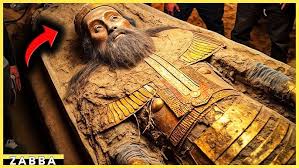
So why do stories about Gilgamesh’s lost tomb and “giant remains” continue to go viral? The answer lies in the power of myth and collective imagination.
Gilgamesh embodies the universal human struggle against mortality. His epic asks questions we still wrestle with today: What does it mean to live a good life? Can legacy defeat death? Myths like his endure because they touch on timeless themes.
The possibility of finding a physical tomb excites the imagination because it would bridge the gap between myth and history. Just as the discovery of Troy gave credibility to Homer’s Iliad, finding a tomb of Gilgamesh—real or symbolic—would reshape how we view Mesopotamian legends.
Interpreting the “Giant” Narrative
Reports of “giant skeletons” should be read critically. Often, they emerge from misinterpretations, exaggerations, or conflations of mythology with archaeology. Human remains from ancient Mesopotamia generally fall within normal ranges, though variations in stature did exist.
The idea of giants may instead symbolize rulers whose power and influence towered above ordinary people. In literature, “giant” can mean physically imposing, but also morally, spiritually, or politically larger than life. Gilgamesh’s status as a “giant” fits this symbolic framework.
The Importance of Storytelling in Ancient Cultures
Whether or not Gilgamesh’s tomb exists, the myths surrounding him reveal much about how ancient people viewed themselves and their world. Myths were not falsehoods; they were ways of making sense of reality.
Through stories of gods, monsters, and legendary kings, Mesopotamians expressed their understanding of nature, mortality, and community. These tales served as teaching tools, cultural glue, and a means of preserving identity.
The legend of Gilgamesh illustrates how myths can carry profound truths, even if their details are not literally factual. His quest for immortality reflects humanity’s own eternal desire to leave a lasting mark.
What Archaeology Can Teach Us
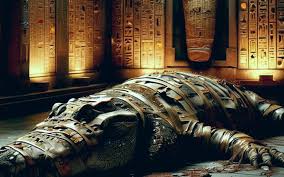
Archaeology cannot prove myths true, but it can contextualize them. Excavations at Uruk and other Mesopotamian sites provide evidence of the grandeur described in literature: vast walls, monumental temples, and inscriptions honoring rulers.
These discoveries remind us that behind every legend lies a kernel of history. Gilgamesh may not have been the demigod of epic poetry, but he was likely a real leader whose reign inspired generations of storytelling.
By studying the artifacts and cities of Mesopotamia, archaeologists reconstruct the world Gilgamesh inhabited—a world where myth and history were not separate categories, but part of the same cultural fabric.
The Enduring Legacy of Gilgamesh
Why does Gilgamesh still matter today? Because his story is, at its heart, a human one.
He was a king who sought eternal life, only to realize that true immortality lies in the legacy we leave behind. His friendship with Enkidu, his battles with monsters, and his journey to the ends of the earth symbolize the universal human experience: love, loss, ambition, and acceptance of mortality.
The idea that his tomb might exist beneath the Euphrates captures our imagination, but even if no such tomb is ever found, his immortality is already secured in literature, culture, and human thought.
Conclusion: Myth, Memory, and Meaning
The tale of Gilgamesh’s “tomb” is less about a physical discovery and more about the enduring power of myth. While archaeology continues to reveal the brilliance of Mesopotamian civilization, the search for Gilgamesh himself is symbolic of our deeper quest: to connect with the past, to uncover truths about our origins, and to understand the stories that define humanity.
Whether a literal tomb exists or not, the legacy of Gilgamesh lives on. His story reminds us that history is not only about facts and artifacts but also about the myths that shape our sense of meaning and identity.
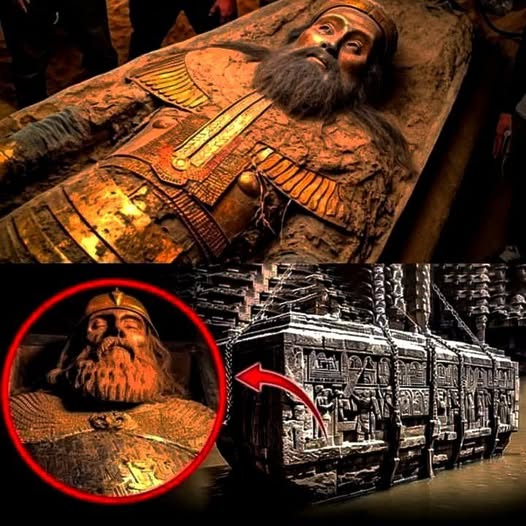
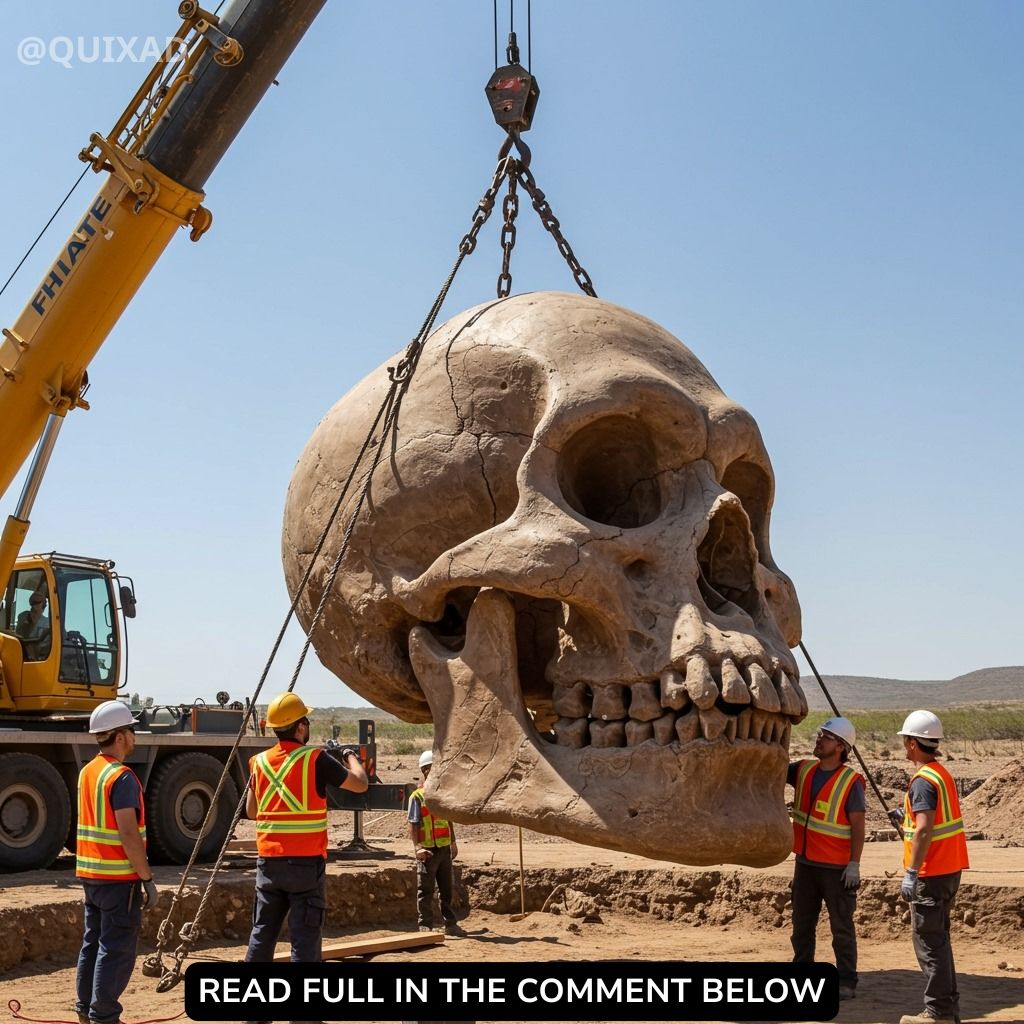
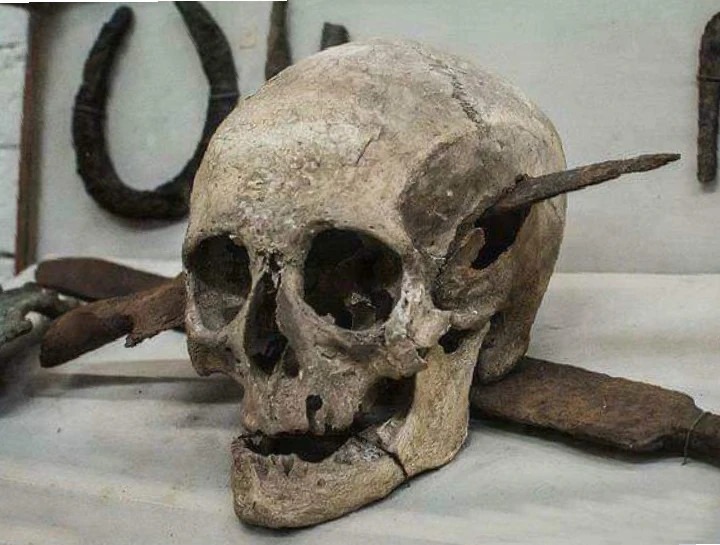
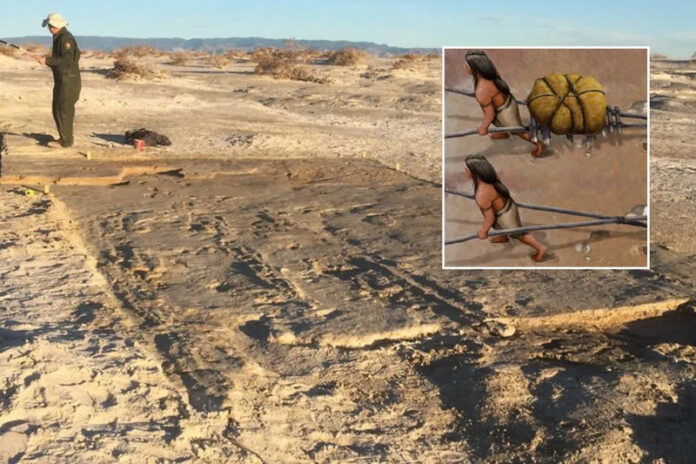
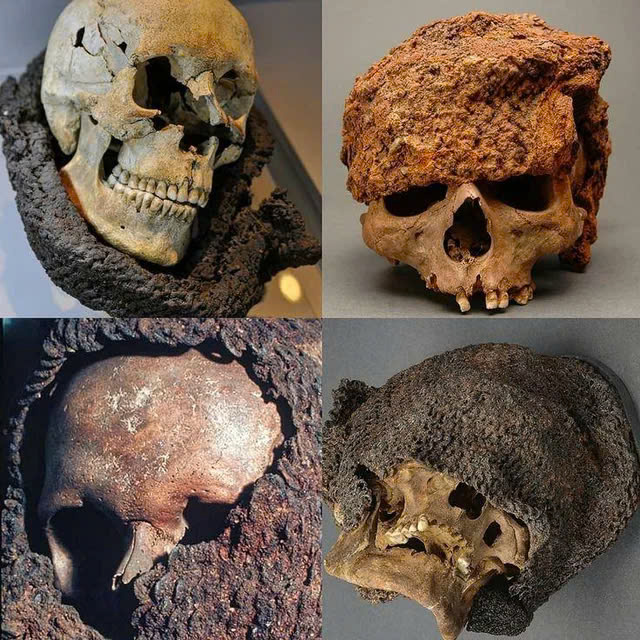
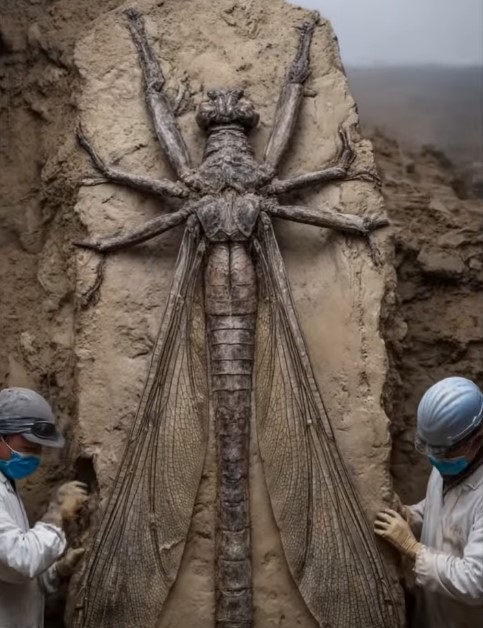
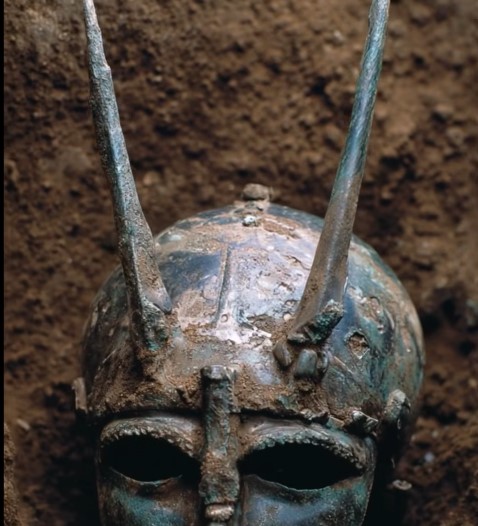
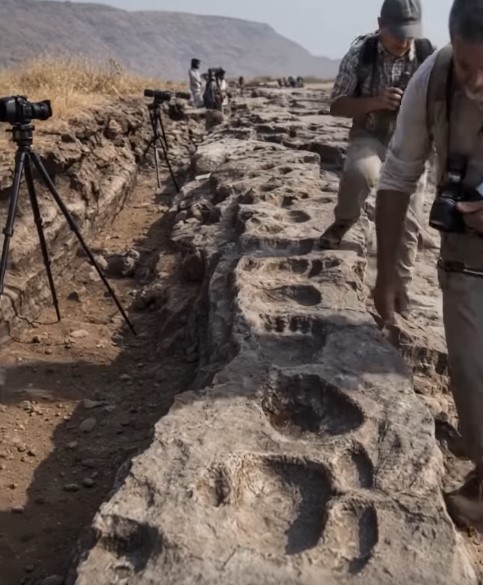
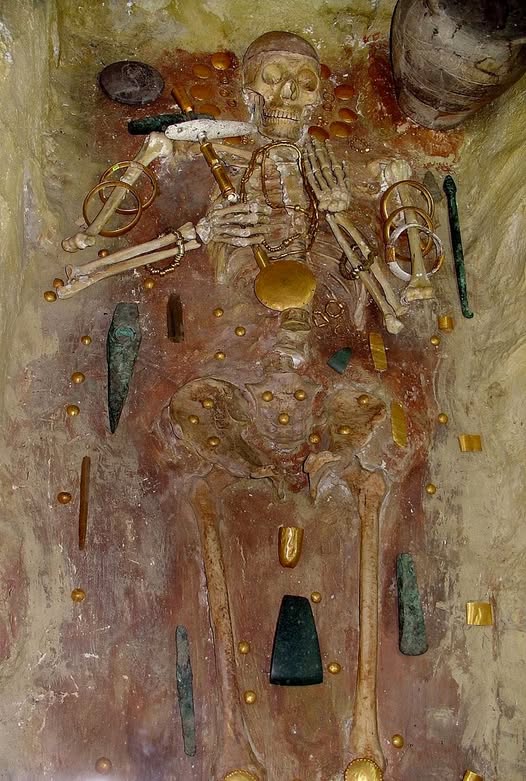


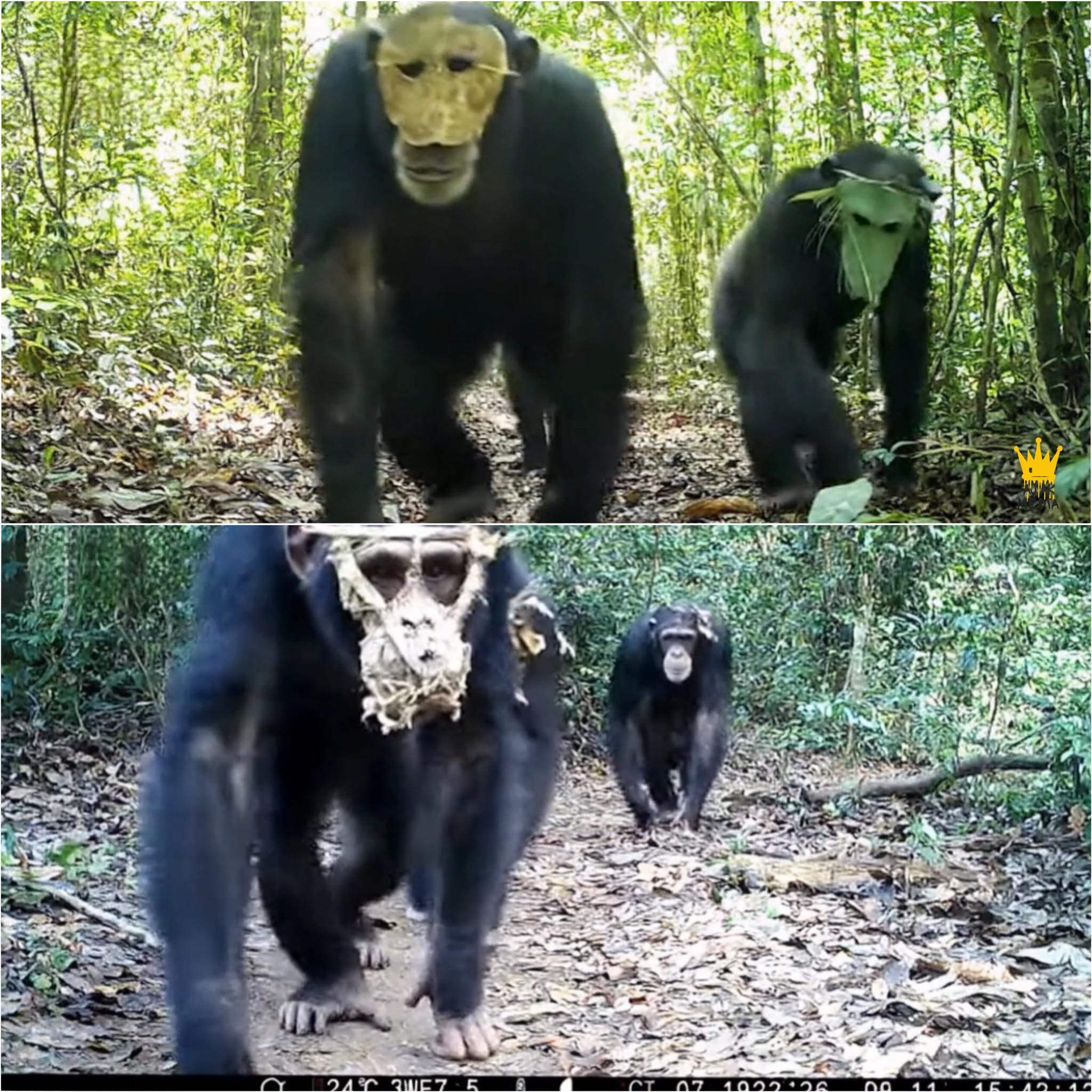
Leave a Reply